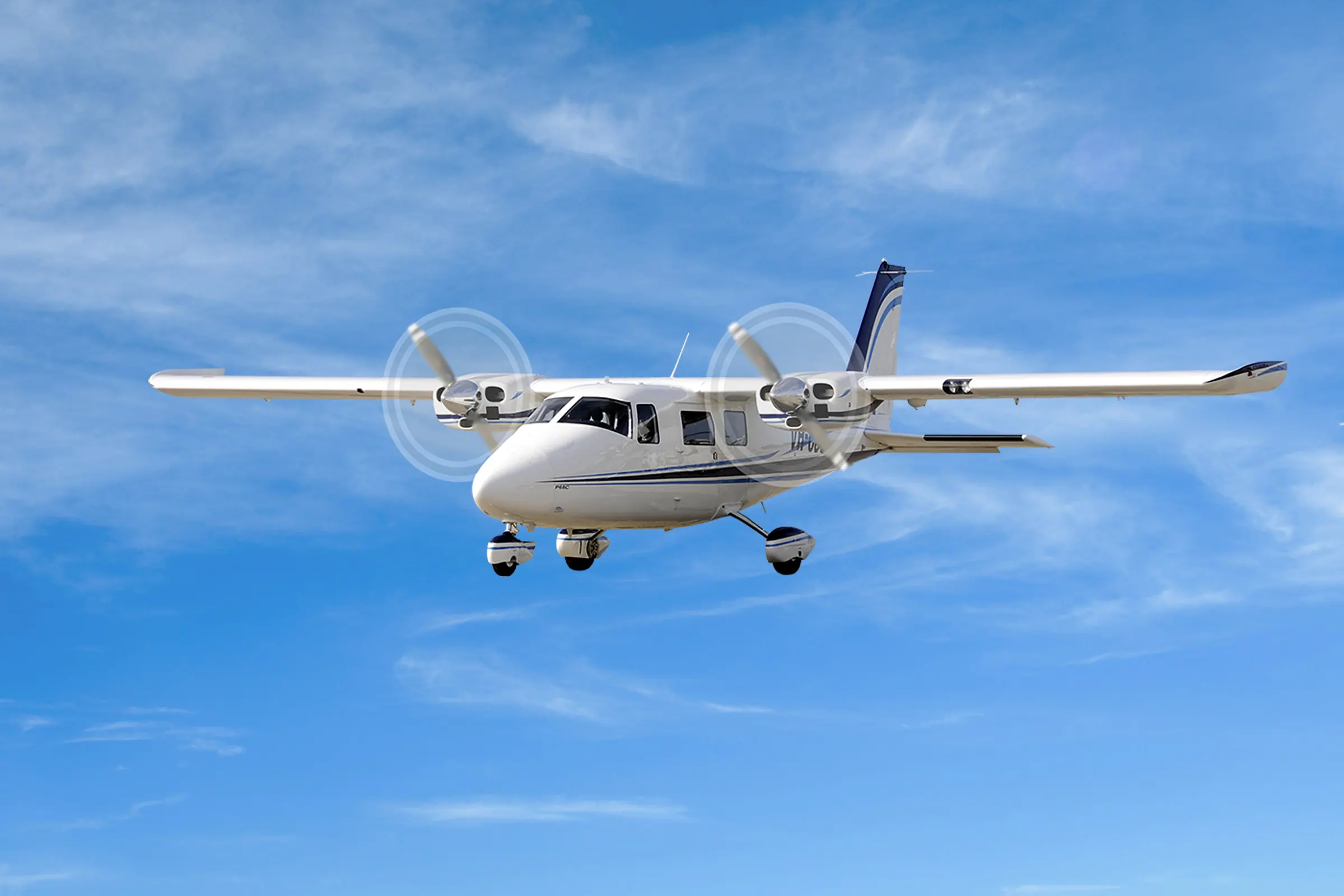This section is devoted to the factors associated with the operation of small multiengine airplanes. For the purpose of this section, a “small” multiengine airplane is a reciprocating or turbopropeller-powered airplane with a maximum certificated takeoff weight of 12,500 pounds or less. This discussion assumes a conventional design with two engines—one mounted on each wing. Reciprocating engines are assumed unless otherwise noted. The term “light-twin,” although not formally defined in the regulations, is used herein as a small multiengine airplane with a maximum certificated takeoff weight of 6,000 pounds or less.
There are several unique characteristics of multiengine airplanes that make them worthy of a separate class rating. The one engine inoperative (OEI) flight information presented in this section emphasizes the significant difference between flying a multiengine and a single-engine airplane. However, all pilots need appropriate knowledge, risk management strategies, and skills to fly safely in any airplane they fly, and mastery of OEI flight is only one aspect of safe multiengine flying. The modern, well-equipped multiengine airplane can be remarkably capable under many circumstances, but the performance and system redundancy of a multiengine airplane only increase safety if the pilot is trained and proficient.
The airplane manufacturer is the final authority on the operation of a particular make and model airplane. Flight instructors and learners should use the Federal Aviation Administration’s Approved Flight Manual (AFM) and/or the Pilot’s Operating Handbook (POH).
Contents
- Terms and Definitions
- Operation of Systems
- Performance and Limitations
- Weight and Balance
- Normal and Crosswind Takeoff and Climb
- Short-Field Takeoff and Landing
- Slow Flight and Spin Awareness and Stalls
- Normal Approach and Landing
- Crosswind Approach and Landing
- Go-Around
- Engine Inoperative Flight Principles
- Low Altitude Engine Failure Scenarios and Engine Failure During Flight
- Engine Inoperative Approach and Landing
- Multiengine Training Considerations

